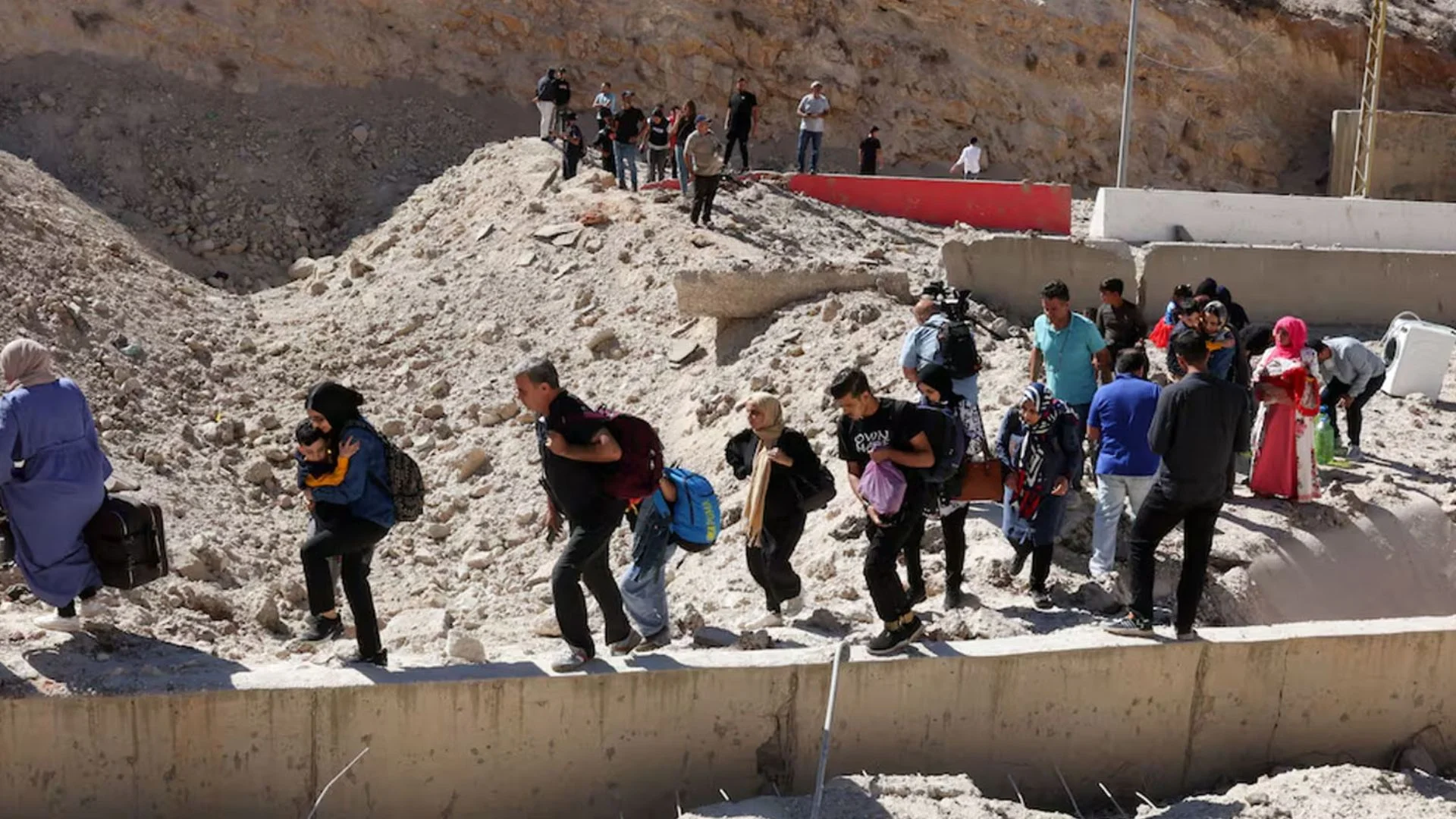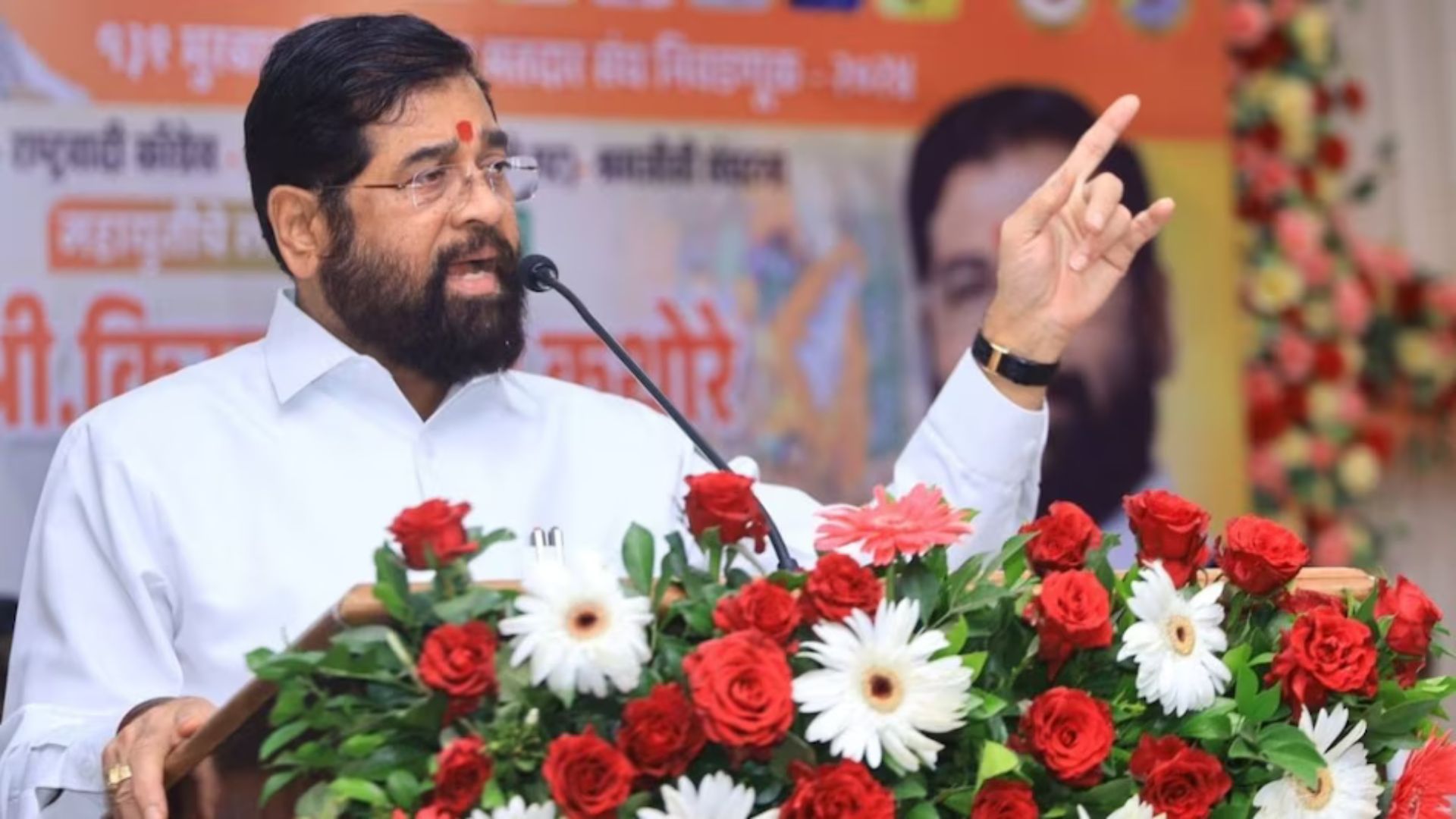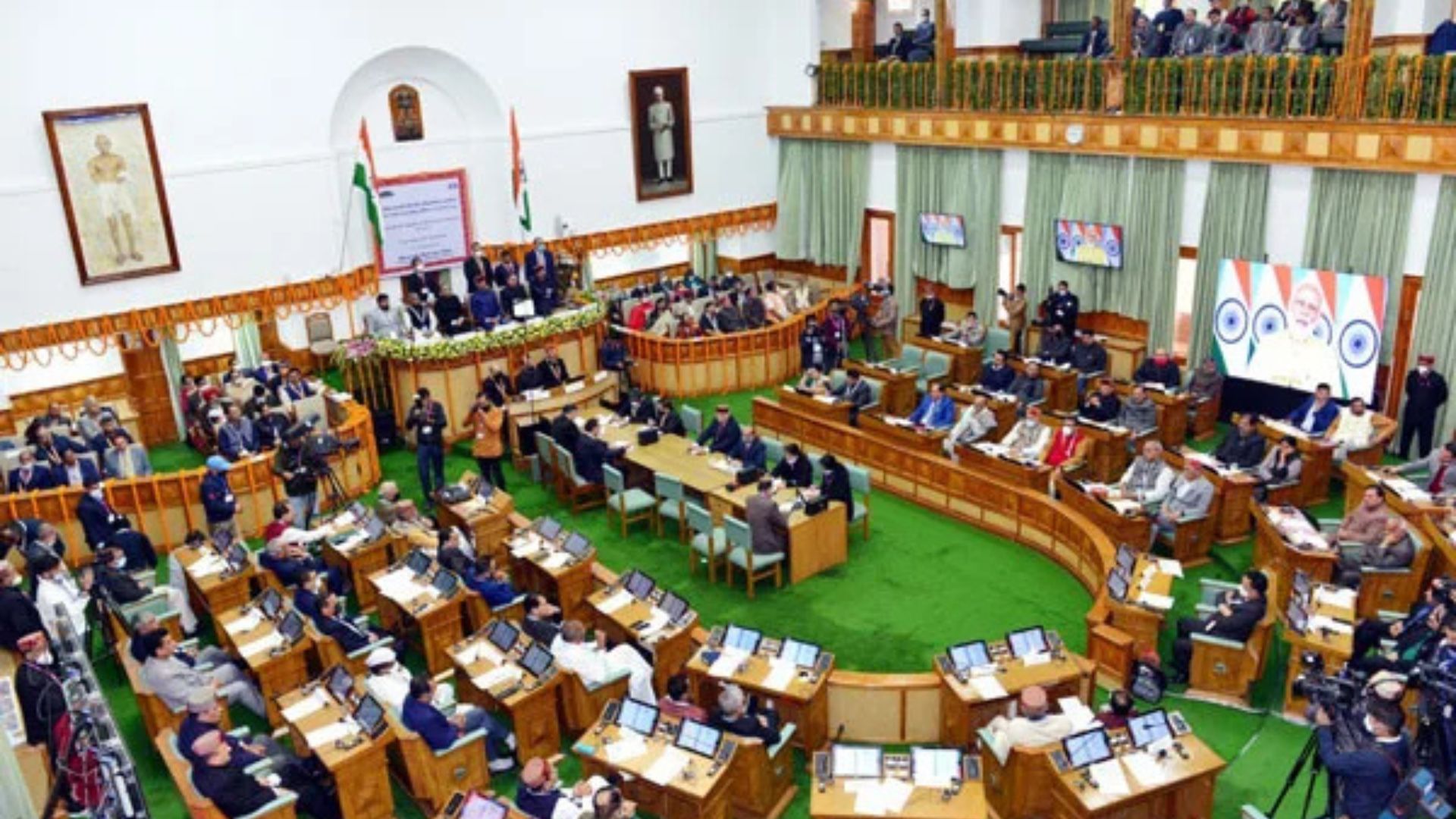Indo Spanish Chamber of Commerce (ISCC) held a webinar. ISCC is a private non-profit organisation and the only business aggrupation of Spanish companies in India. In 2019 ISCC got the recognition as the official chamber of Spain in India, by the endorsement of the Spanish Government. The aim of ISCC is creating a forum in which sharing experiences, exchange, and contacts, with the aim of promoting the economic ties between the Spanish and the Indian business communities. Today ISCC has as members the most representative Spanish companies operating in India, and many Indian companies including some of the Nifty index ones.
Talking about the India-Spain relations, Indian Ambassador to Spain, H.E Mr. Sanjay Verma said, “I think that is a story in itself, it sounds very suggestive of where India itself would be looking at in that sector. Our Arogya Setu app- the contact tracing app or Aadhar are digital identity platform. These are indicative of how India has embraced the digital world. We are also focusing on startups in India, I think I understand seven startups have reached unicorn status in 2020 alone, joining the 30 odd plus already in this table and the sector of the economy where I think the digital economy is going to have tremendous impact from the Indian perspective is health, agriculture, education, defence, and not very insignificantly in empowerment. And when I talk about empowerment, I mean the socio-economic mobility or the empowerment of women or marginalized sections of society. Of course, it’s a double-edged in that to break into this you need minimum infrastructure and facilities but after that, it can be a near-level playing field.”
Mr. Sanjay further said, “As far as Spain goes, our understanding is that 4% of Spain GDP depends on this sector. There are 34,000 companies here and the areas in which Spain is doing tremendously well is software for defense and utilities, banking, air traffic control, etc. I also understand the Barcelona and Madrid combined together would be the fourth-largest hub in Europe with about 2400 startups in this field. I think names like glovo and cabify are suggestive of the role Spain and Spanish companies can play in this regard. At the country and the bilateral level, I think there is synergy emerging. I mean both the countries are bullish on AI, Spain has a secretary of state for digitalization with whom I’m incidentally meeting next week. So the takeaways from this meeting, I will report to the Secretary of State. In India, Niti Ayoga has an ambitious national AI plan, our new education policy depends a lot on digitalization and I may also add that the Indian foreign ministry this year in January 2020 established a division called NEST, it is New, Emerging and Strategic Technologies Division which is going to handmaiden and interface Indian foreign policy with the trends in this area, combining both are security and business interests. So this is a wonderful topic taken and I will try to listen very carefully; I am sure and in essence, we are looking for the Christopher Columbus to take India-Spain relations forward in this area. Maybe there’s a Christopher Columbus among us, doesn’t have to be a man could be a woman. But I’m glad we all join hands together because this is the age where we are going to determine how we regulate the digitalization space, how we generate incomes, without being Luddites. You surely cannot escape the fact that we are a country of 1.3 billion people and this debate on whether this is going to eat up jobs or is going to create jobs. I mean, the human interface and all this, I would imagine, would add to jobs.”
Throwing some light on the current situation in the IT sector involving digital transformation, Prasad P. Meharunkar, Regional Director for Iberia & Italy, WIPRO said, “Basically I represent the Indian IT industry, India definitely has potential to become world’s capital for artificial intelligence. It is not only because we have a large pool of talent, but like as embassy said we are a country of 1.3 billion people and we definitely lead outsourcing age, Internet age and digital age. So, definitely, we are very well in a position to be the world’s capital for artificial intelligence. And this is not only because we have a large pool of talent, but, the thing is that India has like so many challenges, so many complexities which can be solved by artificial intelligence, the problems to a common man in the sector of health care and education are the problems of the normal truck driver or normal taxi driver or even vegetable seller. So, because of this variety of problem, the complexity of the problem, we will have a phenomenal number of use cases in India and such kind of variety of experiences, our number of use cases- it is very difficult for anywhere in the world to be generated. And this kind of experience we can bring to the world and we can apply these use cases to promote or to implement the artificial intelligence-led solution for citizens across the world, and by this India will be able to lead this era of artificial intelligence in my opinion.”
Addressing the SMEs and the IT sector in India, Shivendra Singh, Vice President & Head of the Global Trade Development at (National Assoication for Software & Service Companies) NASSCOM said, “It’s a very, very rapidly evolving world. Now, the fact of the matter is that even under the pandemic, when, you know, we’ve seen a huge amount of negative growth, the tech industry, in the last two quarters have performed amazingly well. And one of the areas where the growth is happening is in the area of digital transformation, so that’s one big area, nearly about 40, to 50%, of all the growth is happening in this area. Now it’s a very, very conducive environment, cause you’ve seen cloud migration happening, you’re seeing bundling of technologies, you’re seeing workplace technologies, you’re seeing, you know, high speed, secure infrastructure, so there’s a lot which is happening, platformization of services are all happening. So, a lot which is happening is conducive to the current environment, and the growth. And as alluded to by Prasad, coming to the artificial intelligence, we are seeing the huge opportunities that exist in this area, whether he talked about the common man and some of the benefits but let’s look at the banking, financial services & insurance sector. Now, that’s something which is probably the largest for the tech industry, and the maximum potential to grow in the current pandemic is also there. So things on contact lists, technology, things on mobile payment, analytics in terms of customer expectation and managing all of that definitely is something which is really going to push developments and the growth of AI. In fact, all companies are technology companies, so you look at a bank, you look at a retailer, all of them are now probably technology companies because the order flow-in is phenomenal. So I am pretty bullish about it and just to answer the question about Python, in terms of acquisitions, the way this is going to go is you will have organic growth, but a lot of growth happening is with the engagement with startups and the scale of startups which have a stack of technology, large companies are also engaging with them, that could be a joint go to market strategy as well, an acquisition is one part of it, but there are various ways in which that engagement can happen. And for those startups, the great thing is that the large reach and scalability provided by our large tech companies are phenomenal. So it’s a win-win scenario and this is going to lead to a lot of partnership between, on one hand, startups in the middle, you have these tech players, and you will have the enterprises. So this whole combined approach is going to drive a lot of this growth in digital transformation as well and we’re seeing that happening.”
Dr Kiron Ravindran, the Asst. Professor of Information Systems at IE Business School, one of the most reputed business schools worldwide, addressed the current picture of India’s IT sector; he said, “I’m actually very happy to be in technology at this point in time. And my point, my viewpoint is that, for the longest time, we’ve always thought of IT as something that fixes problems being discussed about the communication issues, the silos that our organizations are, the departments not talking to each other and we were given the task of cleaning up the mess within client photos. In the last few years, what we’re seeing is, we’re taking a more upfront and central role, where we’re saying, look, let’s not fix up your messes in the back end but let’s go up front and address how your end customers are actually dealing with your product or service or whatever, right. And that’s where design comes into the conversation. For the longest time, our IT developers were placed in the basements of your client organization, you know, separated from the end customers, because we’ve been told not to talk to them, they were specifically skilled people who are given the responsibility of talking to clients. And now recently, we actually contracted by the WIPRO design team and I was very proud to go to this organization and tell the rest of my colleagues, look, these are the guys who are technically an Indian company, that’s telling us how we should do our customer experience. And for me, it was a matter of pride and seeing this in a bigger picture, if we think of what it is that an IT service provider provides for a client firm, we’ve been trying to reduce costs for a long time, we’ve been trying to raise growth or profits for a long time and for which, we got better and better. We introduced AI and robotics and all of this stuff, basically, to make this cost reduction a more company argument when the labour arbitrage was not so strong anymore. Now, we get to the point where we fixed up most of the messes, we’ve cleaned up the processes, there’s not much more we can add value to, use a cliche, we there’s not much more we can add value in that aspect. So we have to go ahead and realize that what we need to do is, make this software or the products that we develop for these customers actually used by their customers and so we get better at delivering the experience. And if that comes from internal channels, excellent. If it doesn’t come from internal channels, there are sourcing capabilities just like we did it for their clients. But I think the part that we’re missing out, and I don’t hear much attention being paid to this, are the role of all of this being under the banner of compliance and specifically compliance linked with security, cybersecurity. My hunch is that in the near future, there will be a lot more emphasis on service providers from India or wherever, having to not only deliver service, not only meet the demands of design but also ensure or help the clients maintain a level of cybersecurity that they might not be able to manage themselves. I also think that maybe in the future, we will have another compliance pressure in terms of the economic impact of the services that we offer. If you look at other industries, they are waking up to the fact that the service that they produce or products that they produce have an impact on the environment. For us, we know what we don’t admit that it actually has a carbon footprint. You know, every artificial intelligence algorithm that we come up with has an impact on the environment, has an impact on energy consumption, and we’re not talking about it yet. And my hunch is, these are the directions that the smarter ones among us will seize the opportunity in cybersecurity and energy compliance. We know how to do AI, robotics, IoT, blockchain, all of that stuff. But I think the part that we haven’t heard many conversations is about cybersecurity and energy complaint.”
Addressing the institutional framework for the development of AI and digital transformation on the Spanish side, the Chief Representative of CDTI, for India, South & Southeast Asia, the Spanish Government agency for Innovation, pertaining to the Ministry of Science and Innovation, Adrian Gutierrez said, “There is, at EU as well as at national level right now, institutional backing, as well as a top-down strategic approach effort towards digital transformation and this again will be coupled with a significant investment that will follow soon now. So basically, when we look at the EU framework, we basically have the next generation e-recovery plan that basically puts the emphasis on the twin, green and digital transformations as the two basic routes to reinforce EU’s competitiveness, resilience and stand as a global power. So with that framework, basically, the European Union is envisioning an expenditure and investment of more than 750 billion euros and targeted reinforcements on the long term through the EU budget from 2021 to 2027. EU’s vision of a digital single market relies on three pillars basically, the first one is better connectivity and rapid deployment of 5G. The second pillar priority would be to develop a larger technical and industrial presence of European industry across strong, digital and strategic digital capabilities, such as AI, quantum supercomputers, blockchain and so forth. And the third pillar is the reduction of the fragmentation and striving towards more European common data spaces, visibly like China and the United States, because that will enable the EU firms and the EU players to develop products and services that could reach and have a larger impact, larger scale. So in full alignment with the EU priorities and framework, the Spanish government has also developed its own vision, its own priorities, its own strategy and basically the two frameworks I would like to draw your attention to, which are the Spanish digital agenda 2025, recently released in 2020, and the research development and innovation strategy in artificial intelligence. The first one, the Spanish digital agenda, identify the objectives and structural reforms that need to be pursued in order to roll out the supporting infrastructure, develop better connectivity, and make companies especially SMEs more digital. The digital agenda in Spain will mobilize a significant volume of public and private investment, amounting to approximately 70 billion euros up to 2025. And the initial period of 2020 to 2022, the public investment announced is around 20 billion euros, out of which 15 will come from the European programs and funding instruments that are to be implemented through the new EU recovery plan. On the other hand, the research development innovation strategy of artificial intelligence is another relevant framework that we have currently in Spain, because this is the first time that the government reflects on in which areas the Spanish R&D stakeholders should do AI R&D related activities and basically, they have prioritized several sectors such as industry 4.0, health and energy, which were mentioned already for by some of the other panelists, tourism, public administration, environment, safety and security. And it’s not only that they set the R&D priorities but also they are established certain policy recommendations in the area of training and skill development, or, for instance, in the development and rollout of supporting computing infrastructure. So basically, what I wanted to bring to the attention of the panel is that there is an institutional backing to the transition, to the digital transformation right now in Europe, as well as a national level, that there is a strategic approach, and that there will be a good and significant amount of funding supporting that digital transformation in Europe. So basically, those would be my contributions when it comes to the EU and national broad frameworks for promoting digital transformation.”
Taking the conversation further, Pablo Royo Martin, Business Consulting Partner at Energy&Utilities of Minsait, and Indra Group company, said, “First of all, and I guess we are very happy to hear that from a public administration point of view, there is a clear view that digitalization strategy and the digitalization of the economy are key values to develop the economy. I think we all have seen this a couple of years back, that’s in fact, just to put our example, we launched this main side brand within Indra because it was founded to address the transformation in digitalization across the sectors. So we are aware that it needs to happen, that it is important, as this is the future; how we will develop, we are still in this roadmap. I still believe there is a long way to cover, I was hearing Kiron and I don’t know if I understood you correctly; there are many things the IT department knows- how to do robotics, etc, I think that’s correct. But there is still a long way to go and why is that, I guess technology is now a very intrinsic part of the business, it’s not a separate functioning animal. We see that in doing a proprietary framework, we see how this technology is going to help the business and we see three different ways that are completely different among them. One keeps on doing what you are doing but use all these transformations to do the things better; you will run your operations more efficiently, you will understand your customer more efficiently and better be able to customize the products to him or her, but you will still keep on doing what you were doing before, so it’s the same business. There is another way where you can tackle this, as you can build a new business model while you still are in the same business; to put an example, you are supplying electricity and you are complementing it, but you create a new business model that didn’t exist before because the technology was not enabling it. And there is a third aspect, which is a completely different model, you are changing the industry altogether. For all three, that I think needs to be tackled very differently, the technological part is already embedded. And I said before, I think there is still a long way to go and a long way to go where we can see it from the companies we are collaborating with.”
Anindya Saha, CEO & Founding Partner of NERO VENTURES S.L. expressed his views during the conversation. He said, “My professional life revolves around grassroot levels. The Spanish govt is working towards making the money reach MSMEs. People from India need to understand that in Spain 95 per cent of the companies are small and medium scale and these are great companies. And most of the technological transformations have come from these companies. Even in Switzerland, most of these are small companies. So, the scenario is very different in this part of the world; it is not run by the WIPROs and the TCS and the Infosys of the world, at the grassroots levels, it is really run by the smaller companies. Indra, now has grown much bigger but at a point, it was a small company. And so has happened to many other companies and there are two aspects to that. Glovo for me is not a technology company, it is a business model. Flipkart is not a technology company, Amazon- what we buy on the internet is not a technology company, it is a logistics company with a technological background. If you talk about Amazon web services, it is a technology company. So, these were two different things and we need to clarify that. India has tremendous potential because the entire population of Spain is 40 million and just only Uttar Pradesh population amounts 200 million. The population multiplying factor is huge. We need to do business and people sitting in India will be surprised at how similar the Spain and Italian culture are to the Indian culture and how distinct it is from the American culture. India has worked very strongly with the US but surprisingly, not Spain where the work and environment cultures are so similar that you feel totally like home within six months. The only difference is that the roads are cleaner here, otherwise, we are very similar in our imperfections. I am very surprised at how so little business happens between India and Spain and that is because of the over bias of India with UK and the US.”














